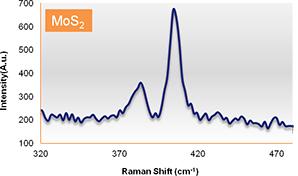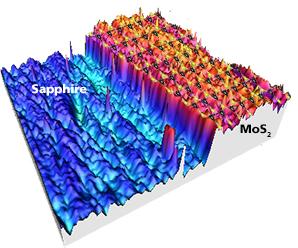2D materials such as graphene, MoS2 or hBN can be used to enhance current devices and build new device architectures. FETs, batteries and filters with unique proporties can now be realised. Oxford Instruments Plasma Technology offers precise process control for mono/multi layer growth with low defects.
Proven low damage results.
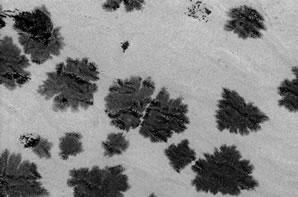
This specification is issued for Graphene obtained through Chemical Vapour Deposition (CVD) processes.
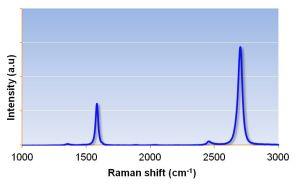
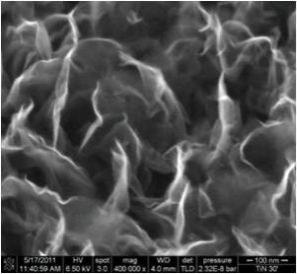
Direct growth of nanocrystalline Graphene on dielectric substrates using plasma enhanced chemical vapour deposition.
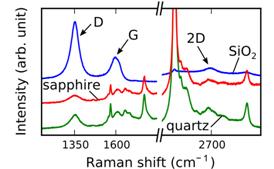 Request more information
Request more information
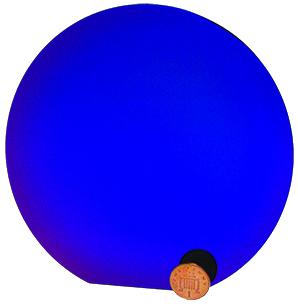
In situ growth of 2D Molybdenum Disulphide (MoS2) Graphene heterostructures
We offer CVD/PECVD/Remote plasma (ICP) CVD systems equipped with precursor vapour delivery modules for the growth of two dimensional layers and heterostructures of materials like Graphene, MoS2, WS2 etc.
This is a three step process:
Process features:
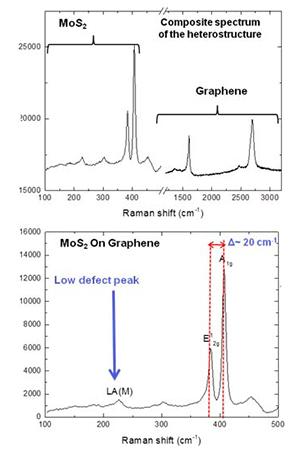
This specification is issued for Boron Nitride obtained through Chemical Vapour Deposition (CVD) processes. For the purpose of process demonstration, B2H6 is used as Boron source and NH3 as the Nitrogen sources on Cu/Ni foils as catalyst substrates.
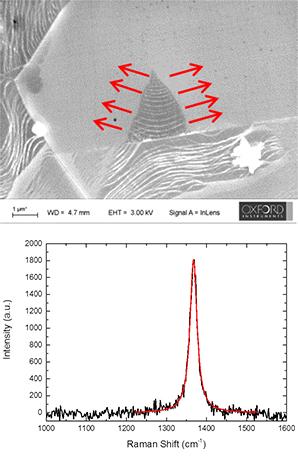
Growth of MoS2 and related 2D Transition Metal Dichalcogenides
We offer PECVD systems equipped with precursor vapour delivery modules for the growth of two dimensional layers of materials like MoS2, WS2 etc.
Excellent thickness control with low defects and strong photoluminescence
High quality MoS2:
